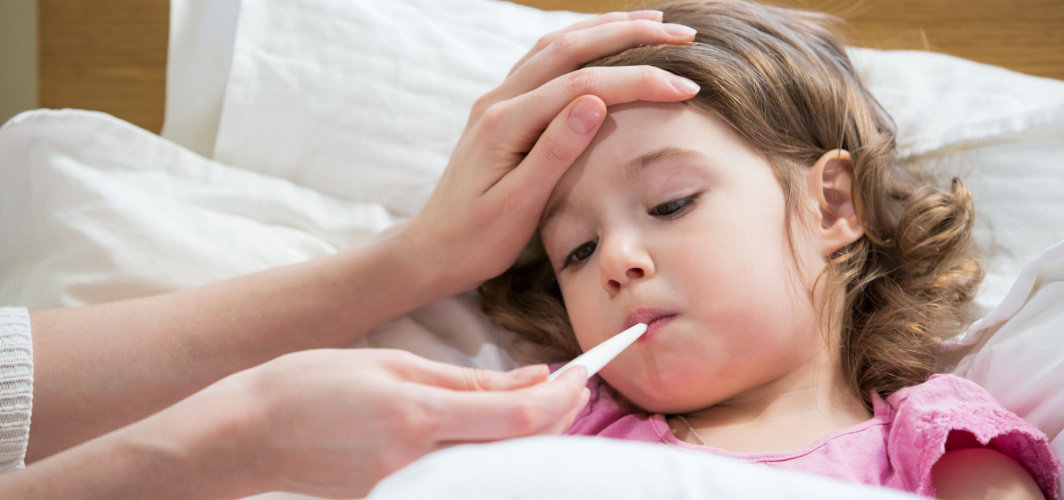- Home
- Blog
- Mom & Baby Care
Newborn’s Belly Button - How To Care?
Mom & Baby Care
Newborn’s Belly Button - How To Care?
By Apollo 24|7, Published on- 30 November 2022, Updated on -06 February 2025
Share this article
0
0 like

When a baby is born, it is attached to its mother's placenta by the umbilical cord. It serves as the baby's primary source of nutrition in the womb. This cord is clamped and cut at the time of birth. The remnant small piece of tissue that is clamped, is called a "stump." It will dry out and fall off on its own between the first and third weeks.
New parents are instructed by the doctors on how to take care of the stump until it falls. Here in this blog post, we'll go over some basic maintenance tricks for the stump and its sign of infection.

4 Easy-To-Follow Cord-Care Practices
1. Keep The Stump Dry
When your kid is between 5 and 15 days old, the stump should have had enough time to dry out and fall. The use of gauze and water alone should be sufficient to keep the stump clean. Try "dry cord care," in which the chord stump is exposed to air rather than being covered with
water or ointments.
?Did You Know?
Babies that were given topical cord applications (mustard oil) on their umbilical cords were at a 29% and 62% increased risk of infection.
2. Protect The Stump During Diaper Change
Diapers with notches cut out of the top can be used if the cord stump hasn't come off yet. Or you can just fold down the top of the diaper. This prevents urine flow to the area and also protects it from diaper irritations. You could clean the skin around the stump with a damp cotton ball or swab, but you should avoid wetting the stump.
3. Use Only Sponge Baths
Sticking to sponge baths is the best option until the stump comes out and your baby's belly button heals. This will allow you to avoid submerging the stump in water, which could cause it to become infected. It is optional to give your infant a sponge bath every day; in most cases, doing so two or three times each week is sufficient.
Recommended read: Quick Guide to Umbilical Cord Care for Parents
4. Go Natural
Even if it is dangling, the stump should be left alone to fall off naturally rather than being picked or pulled. Also, remember that it is completely normal for a few drops of blood to ooze out, as the stump comes off.
?Did You Know?
The length of the cord stump is roughly 2-3 centimeters.
Signs of Infected Stump
It's extremely unlikely that your baby's stump will become infected, but if you notice any of the following symptoms, see a doctor right away:
- Yellowish, putrid fluid oozed from the stump.
- Enlargement of the abdomen, particularly around the navel area
- Discoloration or redness around the abdominal region
- If your baby starts crying whenever the stump is touched
Final Note
While it is really simple to take care of the new-born cord, any neglect might risk the life of your precious one. This blog aims to support the adoption of healthy and safe cord-care regimens. In the event that the stump takes longer than the suggested period to fall, it is only prudent of you to be patient.
While it is ok to be curious, it is advisable to be informed!
Also read:Ayurveda Care for Infants: A Holistic Perspective
Medically Reviewed by Dr. Dhanunjay Reddy B
Services
Mom & Baby Care
Leave Comment
Services
Recommended for you

Mom & Baby Care
Flu Symptoms: When To Bring Your Child Into The Emergency Centre?
Discover crucial guidelines for identifying when your child's flu symptoms warrant a trip to the emergency centre. Prioritise their health and safety.

Mom & Baby Care
How To Care For Your Child When They Get Chickenpox?
Chickenpox is a contagious disease, and since the development of the chickenpox vaccine, the cases have declined significantly. However, by following some simple steps, you can take care of your child at home.
.jpg?tr=q-85)
Mom & Baby Care
5 Skincare Products That Every Baby Kit Must Have
To protect and nourish a baby’s skin, the usage of high-quality, gentle products is important. We’ve carefully selected five essential skincare products that are a must-have in every baby's kit.
Subscribe
Sign up for our free Health Library Daily Newsletter
Get doctor-approved health tips, news, and more.

